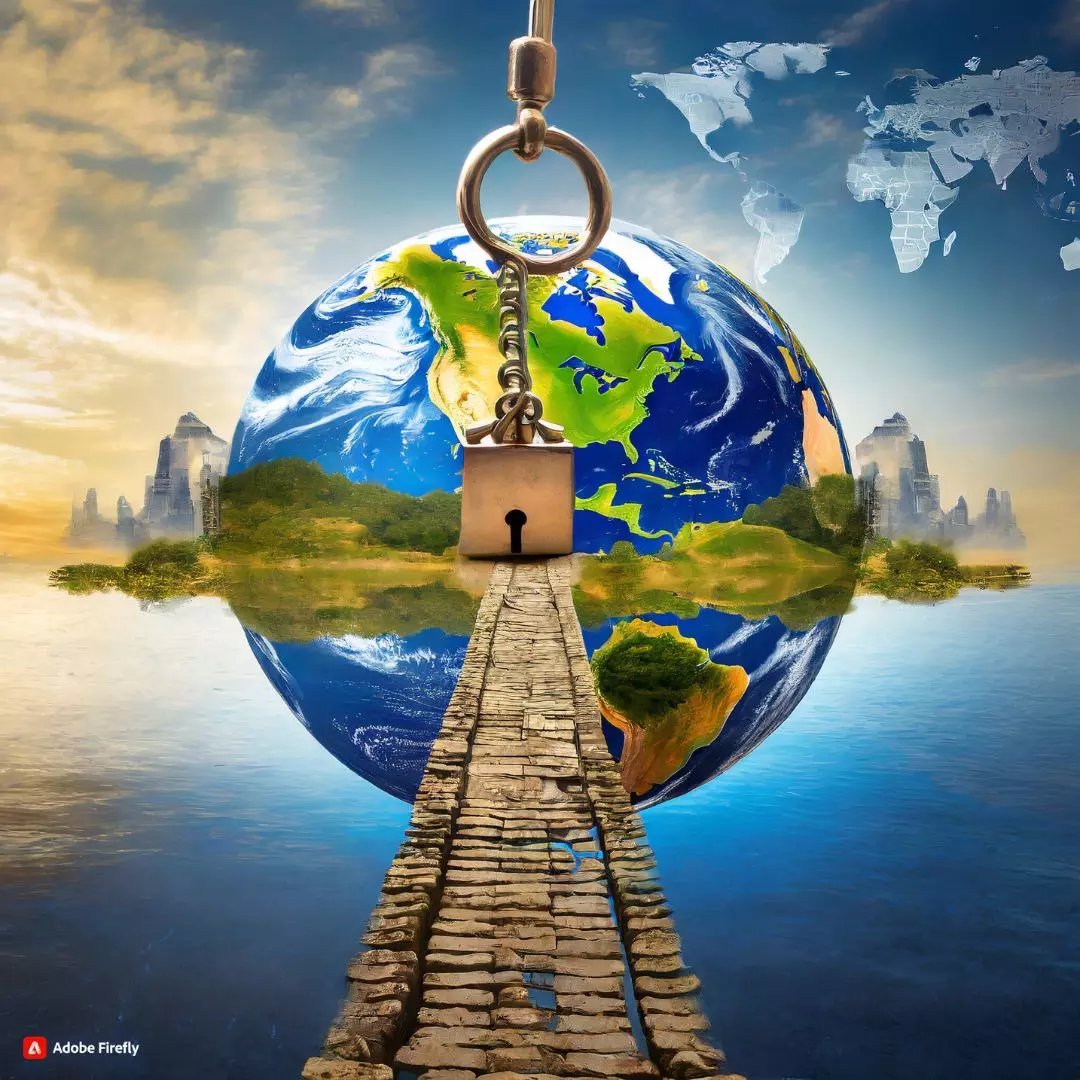In the intricate web of our planet’s ecosystems, there exists a select group of nations known as “megadiverse countries.” These countries are not only home to the majority of Earth’s species but also boast high numbers of endemic flora and fauna. In this exploration, we delve into the significance of megadiversity, the formation of the Like-Minded Megadiverse Countries organization, and a closer look at the current member nations.
The term “megadiverse country” signifies a nation that houses a significant proportion of the Earth’s species and exhibits remarkable biodiversity. Conservation International, in 1998, identified 17 such countries, many of which are situated in tropical or subtropical regions. The primary criterion for megadiversity is the presence of at least 5,000 species of endemic plants and geographical proximity to marine ecosystems.
In 2002, Mexico took a pioneering step by establishing the Like-Minded Megadiverse Countries (LMMC) organization. This coalition comprises countries rich in biological diversity and traditional knowledge. The LMMC, consisting of Brazil, China, Colombia, Costa Rica, India, Indonesia, Kenya, Mexico, Peru, the Philippines, South Africa, and Venezuela, aims to foster collaboration in the preservation and sustainable use of biodiversity. They also encourage non-party countries to join key environmental agreements.
Current Member Countries of LMMC
The Like-Minded Megadiverse Countries organization has evolved and currently includes 20 nations dedicated to biodiversity conservation. The alphabetical list comprises Bolivia, Brazil, China, Colombia, Costa Rica, Democratic Republic of the Congo, Ecuador, Ethiopia, Guatemala, India, Indonesia, Iran, Kenya, Madagascar, Malaysia, Mexico, Peru, Philippines, South Africa, and Venezuela.
A closer examination of the 17 original megadiverse countries reveals their unique contributions to global biodiversity. From Australia, with its vast marsupial population, to Brazil, the epitome of biodiversity with the Amazon rainforest, each nation plays a crucial role in preserving Earth’s diverse ecosystems.
As industries worldwide impact critical biodiverse spaces, the need to preserve these ecosystems becomes increasingly urgent. Tragedies like Australia’s Black Summer serve as poignant reminders that the repercussions of environmental damage extend beyond borders. Megadiverse countries, with their wealth of flora and fauna, underscore the interconnectedness of our planet’s ecosystems.
In recognizing the significance of megadiverse countries, we acknowledge their pivotal role in global biodiversity. As custodians of unique ecosystems, these nations bear the responsibility of balancing conservation efforts with sustainable development. The ongoing collaboration within the Like-Minded Megadiverse Countries organization signals a collective commitment to preserving Earth’s natural wonders for generations to come.
Also Read: Cultivating Well-being: The Therapeutic Bond Between Humans and Nature












